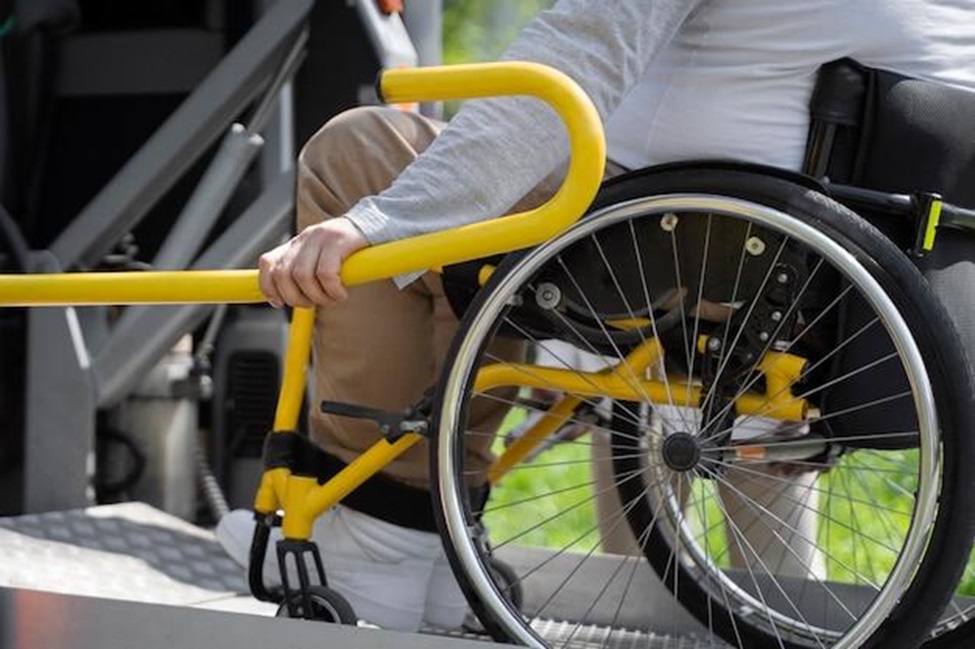For many individuals who rely on wheelchairs or other mobility aids, custom orthotics and targeted wheelchair modifications can significantly improve their independence and quality of life. This guide explores the top 5 options available from podiatry clinics and medical equipment professionals to optimize functionality.
Custom Molded Orthotics
Custom molded foot orthotics, also called orthopedic shoe inserts, are devices crafted from molds of the individual’s feet. Podiatrists first perform a gait analysis and examine foot biomechanics to determine the specific needs. Then, using foam or other materials, orthotics are molded to the foot’s exact contours and tailored with strategic reinforcements. Custom orthotics provide precise support, guidance, and cushioning not found in generic off-the-shelf footwear inserts. Wheelchair users can minimize discomfort and maximize control/endurance on long outings away from their mobility wheelchair. Many insurance plans cover a portion of costs when prescribed by a podiatrist.
Seat Cushions
Specialized wheelchair seat cushions aim to redistribute weight evenly, reduce pressure points, and promote good posture. The mattress features gel or viscoelastic memory foam for pressure relief, air-cell cushions for firmness adjustments, combination foam/gel/air hybrids, and naturally reducing friction and moisture in the sheets. Wheelchair users rely on their local podiatry clinic or durable medical equipment provider and therapist to trial different cushions. It helps select the ideal interface between body and seat for skin integrity and mobility wheelchair comfort over long periods. Insurance may cover clinically prescribed custom models.
Wheelchair Back Supports
Whether manual or power, finding a correctly fitted back support is crucial for proper alignment, especially during transfers or transport. The wheelchair frame features rigid plastic molded backs for structural support, Velcro adjustable straps for custom spine shape, and inflatable air cell backs for gentle support. Pumps allow for adjustments as needed. A podiatrist, therapist, or equipment technician helps position any style of back support for balanced weight distribution to ease pressure and reduce discomfort during mobility wheelchair outings. This frees users to focus on maneuvering long distances rather than back pain.
Wheelchair Armrests
Armrests aid both propulsion and stability in manual chairs and act as convenient handles during transfers and transport in any wheelchair style. The wheelchair features padded flip-up armrests for easy side transfers, adjustable mounted arms for varying sizes, detachable swing-away or flip-back arms for compact storage, and height-adjustable desktop-style arms for versatile work surface configurations. These features ensure optimal propulsion position and ergonomic alignment with shoulders, making it suitable for various workspaces. Specialized armrests tailored to individual physique and mobility needs enhance both maneuverability and independent transfer capabilities.
Footrests
Much like precision back and arm supports, correctly aligned and supportive footrests promote stability and ease strain for those reliant on wheelchairs for mobility. The chair features adjustable depth footplates for secure positioning, elevating leg rests for improved circulation, flip-up footplates for easy side transfers, and angle adjustable footrests to accommodate plantar flexion contractures. These features ensure feet remain securely positioned without excessive pressure behind knees, promoting circulation and allowing for easy hand-free movement. Podiatrists and wheelchair specialist’s work together merging gait analysis, leg circumference measurements, and transfer/propulsion needs to expertly configure ideal personalized footrest systems.












